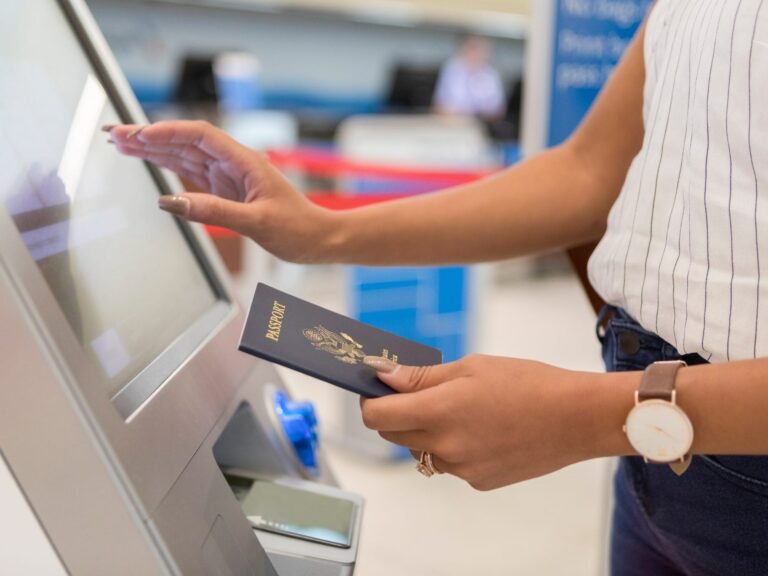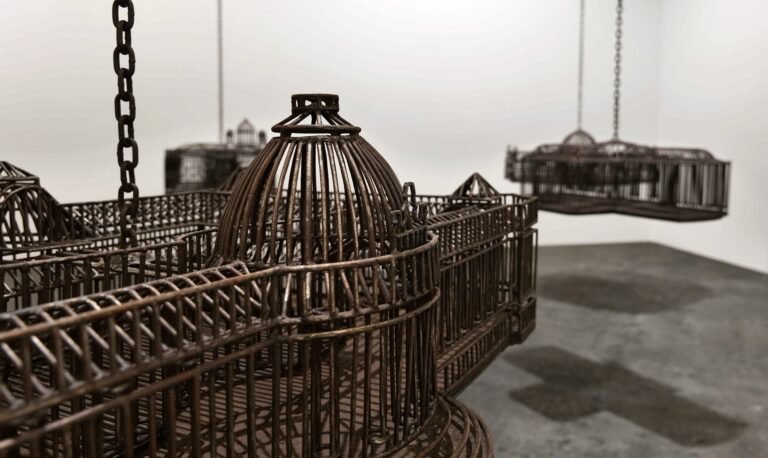
Master Sgt. Patrick Evenson/US Air National Guard
- Stealth bombers flew roughly 37 hours to bomb Iran’s nuclear sites this weekend.
- The longest B-2 flight was a 44-hour bombing mission to Afghanistan in October 2001.
- The Iran mission required a large portion of the US B-2 fleet to work at once.
Seven American stealth bombers flew roughly 37 hours to bomb Iran’s nuclear sites over the weekend. The Pentagon called the Operation Midnight Hammer bombing run the longest B-2 Spirit flight in decades.
The record for the longest B-2 bomber flight belongs to Melvin Deaile and Brian “Jethro” Neal, two retired Air Force pilots who in October 2001 flew a 44-hour flight, executing one of the first bombing missions into Afghanistan in the wake of the tragic 9/11 terror attacks.
They shared what it’s like to carry out these exceedingly long bombing missions and navigate the stressful aerial refuelings needed to keep the B-2 flying on only a few hours of sleep and some beef jerky.
The longest B-2 bomber flight
The September 11, 2001, attacks unfolded as the duo was in the middle of an annual nuclear capabilities training exercise, Neal told Business Insider.
Amid confusing reports of hijacked planes, Neal first thought they were part of the training. But soon it was clear, and his unit was preparing mission options for top Bush administration officials in Washington eager to respond with force.
Neal and Deaile were among a handful of B-2 crews that headed to Afghanistan that week, Deaile said.
The pair knew the B-2 Spirit well enough; however, they only flew the plane a couple of times a month to help preserve the expensive aircraft and mitigate maintenance issues. They spent most of their time training on the T-38 training aircraft, a less costly option to keep flight skills sharp.
While they occasionally flew their B-2 bomber cross-country to practice long-haul flights, they’d never flown it for a wartime operation until one evening in early October, when the pair took off in the wee hours of the morning from Whiteman Air Force Base in Missouri, where all B-2s are housed, heading west to Afghanistan.
Senior Airman Bryson Sherard/US Air Force
Before they took off for the mission, the airmen responsible for furnishing the pilots with mission-appropriate gear had thoughtfully purchased a cot for the back of the bomber, one just long enough to lie down on, Neal said, recalling the ad hoc sleeping arrangements in the $2 billion stealth aircraft with a chuckle.
“When the ladder comes up and you enter the cockpit, there is a flat spot on the floor that is about a little over six feet long,” Neal said of the sleeping area. “And so I think over the two days that I was in that little space, I spent about five hours in that cot total.”
Five hours isn’t much sleep for a 44-hour flight. Pilots are often provided a stimulant by flight surgeons to help stay awake, Neal said. He declined to take his stimulant, known colloquially as a “go pill,” but Deaile did.
“You’re young and you’re doing something that you’re trained to do, and there’s a bit of excitement and a lot of adrenaline,” Neal remembered. The two took turns trying to get some naps, though pre-mission nerves kept either from getting much rest. Also, flying west toward Afghanistan meant that the sun was up all day. “You don’t feel like sleeping when the sun’s staring you in the eyes,” Neal said.
Flying a B-2 bomber
Compared to aircraft like the F-16 Fighting Falcon and the F-22 Raptor fighter jets, both of which Neal flew throughout his career, a bomber like the B-2 is like driving a semi-truck after spending years in a sports car, he explained. Deaile already had bomber experience, working with B-52 strategic bombers before joining the B-2 community, but the Spirit is a very different plane.
A B-2 humming along in the air only requires one pilot to stay alert, meaning the second can rest. But landing, taking off, dropping bombs, and refueling require both crew members.
Senior Airman Samantha White/US Air Force
Refueling a B-2, a requirement for these long flights, especially with a heavy payload, is no easy task.
Tanker crews must be specifically certified to fuel different aircraft, including the B-2, to account for each platform’s unique characteristics. The nerve-racking ordeal usually lasts about 30 minutes each time, and it’s as tough on the bomber pilots as it is on those in the tanker.
The Northrop Grumman-built B-2 is unique not just for its unusual flying-wing design but also because it’s stealthy, with the sleek design and coatings to evade radar. The aircraft’s surface is an important contributor to its low observability. Even small scratches to the surface, such as one caused by an errant refueling boom, can affect its stealth, Deaile said.
“It’s very intensive,” he said of the refueling process, adding that he and Neal received seven different refuels from tankers during the lengthy two-day mission. Neal estimated they needed a total of 750,000 pounds of JP-8 fuel. The goal was to take on as much fuel as possible since so much flight time was spent over the ocean.
“You’re at the gas station going hundreds of miles an hour,” Neal said, describing navigating the refueling as a tense workout, especially since the B-2’s design generates lift that oddly pushes the tanker away during refueling.
Setting a record
Refueling — and a last-minute order from headquarters — are how Neal and Deaile ended up with the record for the longest B-2 flight.
Deaile and Neal dropped a dozen bombs from their B-2 before departing Afghan airspace. But just as the pilots were catching their breath, word unexpectedly arrived ordering them back to Afghanistan to deploy their four remaining bombs, the last remaining out of their 16 total Joint Direct Attack Munition stock, each bomb weighing 2,000 pounds. JDAMs, as they are known, are unguided bombs that have been fitted with a GPS-guidance kit.
509th Bomb Wing
To return, though, they needed even more fuel. A tanker was dispatched to their bomber, named the Spirit of America, only for Neal and Deaile to learn that the tanker crew had never refueled a B-2 before. They were forced to wait until a B-2-certified tanker crew nearby could be found and routed their way.
By this point in the mission, neither pilot was consuming much food, instead preferring to focus on water intake since they weren’t burning many calories. A cooler in the back was packed with snacks, Neal said, probably beef jerky and grapes, maybe a sandwich.
After dropping their final bombs, the pilots turned south for Diego Garcia, home to a small air base in the Indian Ocean. Knowing they’d finish on the island, Neal had packed a piece of gear not commonly seen in a B-2 bomber — his fishing rod.
Another crew took over the Spirit of America on Diego Garcia, and Neal and Deaile hopped on a military transport aircraft back to Missouri.
“That was a little bit more comfortable than the way we got there,” Deaile said.
In an email to BI, Air Force public affairs officials declined to say whether or not the same Spirit of America aircraft participated in the Iran mission, citing operational security concerns.
Looking at the recent B-2 bomber mission into Iran, Deaile shared that he was most impressed by the maintenance and management of the fleet. The entire B-2 fleet is less than two dozen aircraft, meaning that the Iran mission, including aircraft used as decoys, required much of the US fleet to fly for days without any apparent breakdowns.
“The Air Force put up a third of its bomber fleet in one night to do this mission with precision,” Deaile said. “That’s incredible.”




